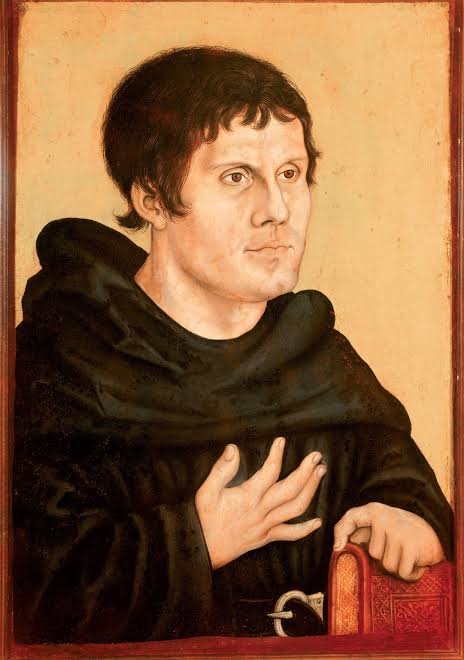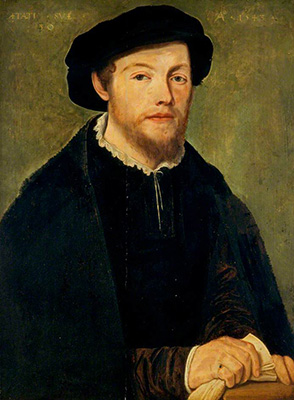The lead up
This is a student project for the Scotland in Focus Unit for the Scottish Studies Award
1500-1549
1500-1520
The Auld Alliance, and King James IV
- Scotland and France were allies, upon an agreement called the “Auld Alliance.” This began in 1295, and ended in July 1560. The two countries were an enemy against England, with plenty of warfare.
- In 1503, King James IV of Scotland married Margaret Tudor, establishing a dynastic link between the two countries
- When James IV died via the hands of the English at Flodden in 1513, he was succeeded by James V - an infant at the time.
1520-1540
Martin Luther's reform ideas & the first Protestant martyr

- Somewhere towards the early 1520s, both manuscript and printed versions of Martin Luther’s reform ideas were published and spread widely around Scotland. Primarily being shared around the east coast ports by merchants and trade vessels from the “Low Countries” - modernly The Netherlands, Belgium, Luxembourg, also known as Benelux - and Baltic states - Estonia, Latvia, Lithuania
- Due to these versions of the reform ideas being so available, laws were put in place to outlaw their spread in 1525. These were known as ‘Act anent heresy’ which banned their importation and reading, the punishment being loss of property and goods.
- A little later, in 1527, a student and university master known as Patrick Hamilton returned to St Andrews, from Germany. He’d go on to become the first Protestant martyr killed for spreading the message of reform, having returned and started to endorse Lutheran beliefs. Patrick Hamilton was burned outside the gates of St Salvator’s university in 1528.
- Between 1528-1532 there were numerous cases of Catholic churches being desecrated, martyrdoms for heresy in St Andrews in 1538-9, and a small group of people being killed for Protestant beliefs in 1943.
- At this point, Protestantism wasn’t very widespread at all.
1540-1549
George Wishart, Cardinal Beaton, and the Treaties of Greenwich

- The first Scot to return with the Swiss reform message, instead of the German reform message, being preached at the time was George Wishart. Wishart began to preach somewhere circa 1545, and he was later put to death in March 1546 on a trial presided by Cardinal David Beaton. This somehow managed to make his message stronger, as Wishart willingly let himself be burnt alive - going as far as to kiss and embrace his executioner out of forgiveness. John Knox was inspired by him, as well as a few others.
- After King James V died in 1542, Queen Mary became the new monarch - still an infant at the time. This blank period allowed those interested in Protestantism space to explore those ideas without risk of punishment.
- Also around this time, Protestantism began to mix with positive feelings toward England, a country that had already withdrawn from Catholicism due to Henry VIII somewhere around the 1530s.
- A regency council consisting of Cardinal David Beaton, James Hamilton earl of Arran, as well as the earls of Moray, Argyll, and Huntly was decided in late 1542. Though less than a year later Arran had Beaton imprisoned and took control, writing to Henry VIII and promising reformation.
- After taking over in power, Arran authorised people to read vernacular bibles which became very popular to spread the word of Protestantism.
- During this, many Anglo-Scottish “assured lords” arranged a peace treaty between Scotland and England, known as the Treaties of Greenwich. This would entail marrying Queen Mary to Henry VIII’s heir, Prince Edward. This plan was agreed to by Arran.
- Soon after, in late 1543, Arran lost power because of a counter-coup by Beaton - who quickly renounced the treaties. Though, at that point Protestantism had already been briefly legitimated by the government.
- Beaton later went on to be murdered by Protestants in 1546. John Hamilton thereafter took his place, however it was 2 years before he was given the authority to act as the Archbishop of St Andrews.
- After the Battle of Pinkie in 1547, English garrisons along the border handed out bibles written in English.
- Around this time, Queen Mary was betrothed and sent to France at the age of 6.

